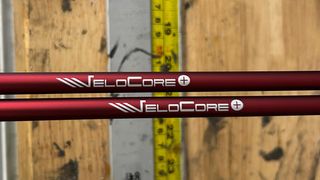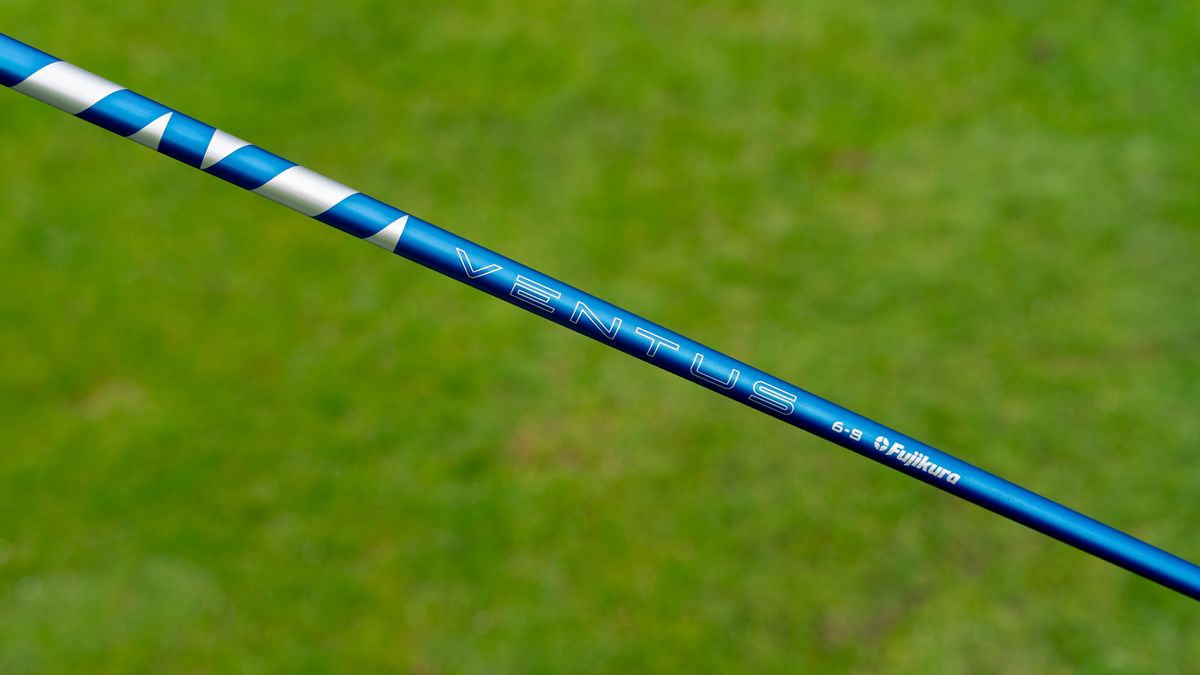On episode two of the Golf Monthly Kick Point gear podcast, our gear expert Joe Ferguson gave Dan Parker the run down on a lesser known way of custom fitting golf clubs called shaft tipping. No we’re not talking about the service charge when you eat out at a restaurant, instead it refers to a process that changes the playing characteristics of the shaft.
Getting custom fitted has never been more beneficial in golf. With a wealth of technology and data at their disposal, manufacturers can fine tune the best drivers and most forgiving irons on the market to suit the style of play of every ability of golfer. Shaft tipping is one of the ways your metalwoods can be fine tuned to your liking, but what does it mean and what are the benefits of shaft tipping?
What Is Shaft Tipping?
Shaft tipping is the process of removing material from the tip end of the shaft to change the playing characteristics of the golf club. Essentially, it means a small section of material is taken off the end of the shaft. This could be as little as a quarter of an inch, or more than two inches depending on the club and head weight.
Club builders precisely measure the amount of shaft that needs to be removed from the tip end to achieve the desired feel and performance.
(Image credit: Future)
Why Do Players Shaft Tip?
One of the main reasons is to fine tune the feel. Professional players love to fiddle with equipment, searching for the smallest improvements in feel and performance. Maybe they don’t like how the club shaft feels, or there could be a few strange shots in their dispersion that they want to get rid of. If you make a shaft shorter by removing a section from the tip end, it’ll generally become marginally stiffer and can help players try and address a specific miss they don’t like.
As Dan and Joe state in episode two, there is no ‘rule book’ for tipping, nor is there a ‘standard’ way of doing it. Different companies do different things – TaylorMade tip their drivers one inch as standard, for example. If you go for a fitting with different companies and order the same shaft then chances are you’ll get a little different playing characteristics through each brand, unless you specify exactly how you want the shaft of your club tipped – which not many people do.
Should I Shaft Tip My Clubs?
Fujikura, one of the best manufacturers of shafts on the market, state on its website that its products should not be tipped at the consumer level – thus allowing its shafts to play to the characteristics that they are designed and tested to do. On tour, where swing speeds are generally higher, the instructions are a little different however and the most common tipping is 1″ in driver, 1.5″ in 3-wood. Meanwhile the best Taylormade drivers are all tipped by one inch as standard at retail, presumably because that tipping process suits their driver heads and thus the club performs it wants them to perform.
Do Tour Professionals Shaft Tip?
Yes, but in different ways. Players will have extremely detailed preferences for how they want their shafts tipped. For example, players like Rory McIlroy and Bryson DeChambeau, who have very high club head speeds, may want their driver tipped more than an inch in an effort to stiffen the end of the shaft a little more.
There’s no standard build however. Tipping is like the wild west of golf club tweaking – it truly is all up to the player. There is a lot of trial and error, with players grinding in the offseason on their Trackman monitors, testing equipment to find what they like the best. Every different tour van has conflicting ideas of how much certain shafts on certain clubs should be tipped so it is very much down to the individual player or fitter.

A tell tale sign of a shaft that has been tipped versus one that hasn’t is if the graphics don’t match one another.
(Image credit: Future)
What Clubs Should Be Tipped, And By How Much?
A 3-wood will generally need to be tipped a little more than drivers do, and a 5-wood would need to be tipped a little more than a 3-wood. 7-woods have become more popular in recent years, but the best golf hybrids on the market will have to be tipped a little more than those, too.
This is all because of head weights on these clubs. The 3-wood head will weigh slightly more than the driver. The 5-wood head will weigh slightly more than the 3-wood, and so on.
The more weight that is on the end of the shaft, the more weight is being loaded onto the shaft during the golf swing – this means if players are tipping in an attempt to stiffen the shaft, more must come off depending on the weight of the club head.

